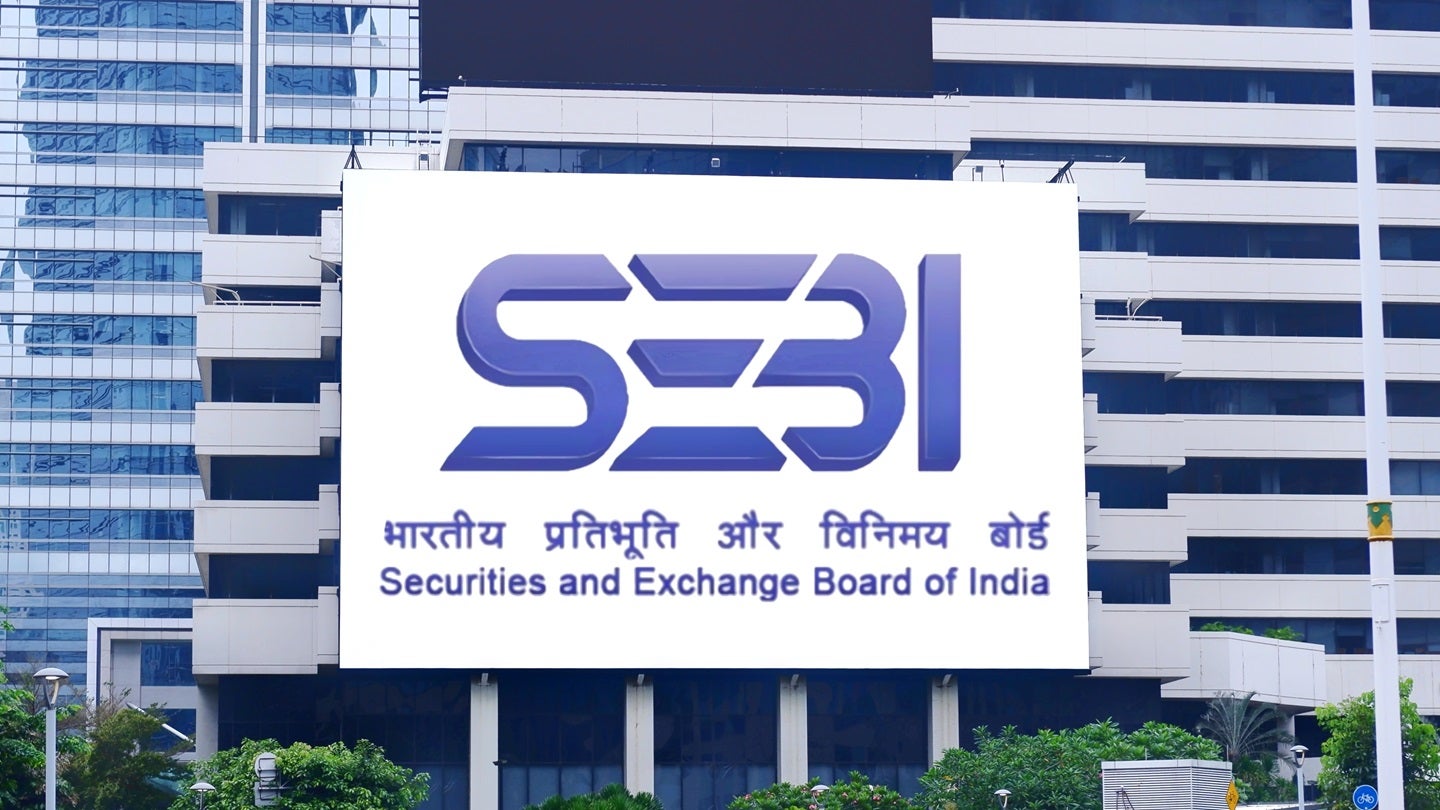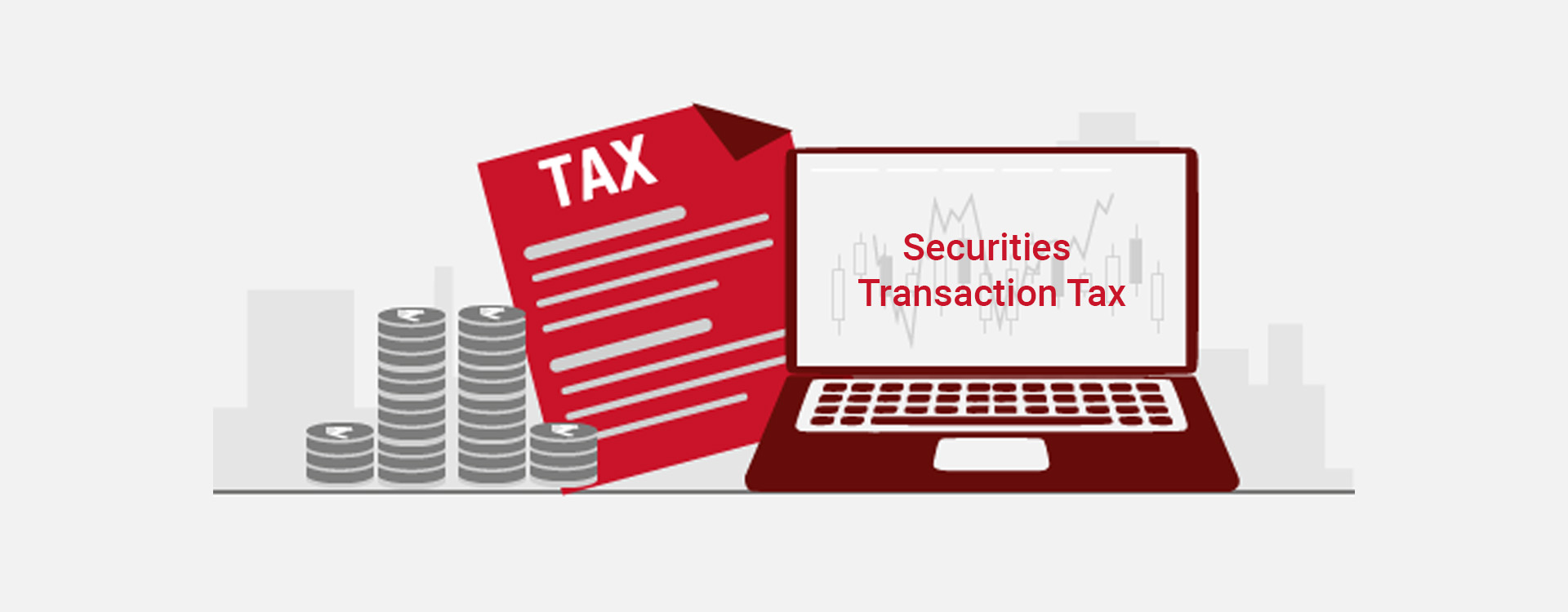India’s cash market turnover recorded an impressive ₹300 lakh crore in the fiscal year ending March 31, 2025, reflecting a 38.3 percent year-on-year increase. Data from the latest Securities and Exchange Board of India (SEBI) annual report shows that, although robust, the growth was slower than the 51.6 percent surge seen in the previous fiscal. This moderation has triggered industry conversations on how to further boost trading activity and attract wider participation.

In FY24, turnover stood at ₹217 lakh crore, rebounding sharply from FY23 when the market had contracted by nearly 20 percent. According to Mrugank M Paranjape, chairperson of the IMC Task Force on Capital Markets, the current growth rate is healthy but still leaves room for improvement. He emphasised that secondary markets exist primarily to facilitate capital raising, and with underlying stock prices showing resilience, India should aim for even stronger performance.
The report highlighted that, by the end of March 2025, India’s total market capitalisation had grown 6.9 percent from the previous year to reach ₹414 lakh crore, making it the fifth largest globally. Strong earnings reports were cited as a major driver of investor interest, leading to higher turnover both in select high-performing stocks and across the broader market. The trailing price-to-earnings ratio for the Nifty 50 index fell from 22.9 in FY24 to 21.4 in FY25, yet remained elevated compared to markets like Brazil and China, with the exception of the United States.

Market experts and SEBI officials agree that deepening the cash market remains essential. Suggestions include extending the tenure of products offered by exchanges and reducing Securities Transaction Tax (STT) in the cash segment. Paranjape and other industry voices argue that lowering margins and transaction costs could directly stimulate turnover by making trading more attractive for participants. Omniscient Securities MD Kamlesh Shroff also noted that a shift from high-volume derivatives trading to the cash market could accelerate if such reforms are implemented.
While no formal proposal has yet been submitted to the finance ministry, SEBI Chairman Tuhin Pandey stressed that any move to reduce STT would involve a collaborative process between regulators and policymakers.
The report also revealed a slowdown in the growth of index options premium turnover, which rose only 10.5 percent in FY25 compared to 30.6 percent in FY24 and 87.5 percent the year before. The National Stock Exchange (NSE), which dominates this segment, saw its index options premium turnover fall for the first time in eight years, in part due to SEBI’s measures aimed at curbing speculative activity and promoting stability. While NSE’s average monthly premium turnover dropped sharply in the last four months of FY25, the Bombay Stock Exchange (BSE) recorded notable gains, partly offsetting the decline.
The overall picture suggests that while India’s cash market remains vibrant, the path ahead lies in making it more accessible, efficient and cost-effective for all categories of investors. Sustained growth will require a balanced mix of regulatory reform, innovation in products, and continued trust in the underlying market structure.
For more insights, updates, and expert perspectives on India’s evolving financial markets, follow You Finance on Instagram and Facebook.















